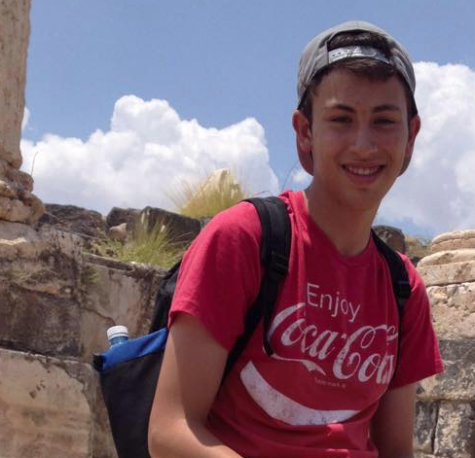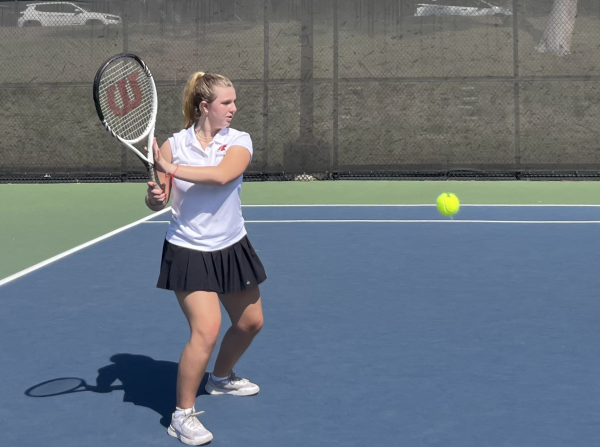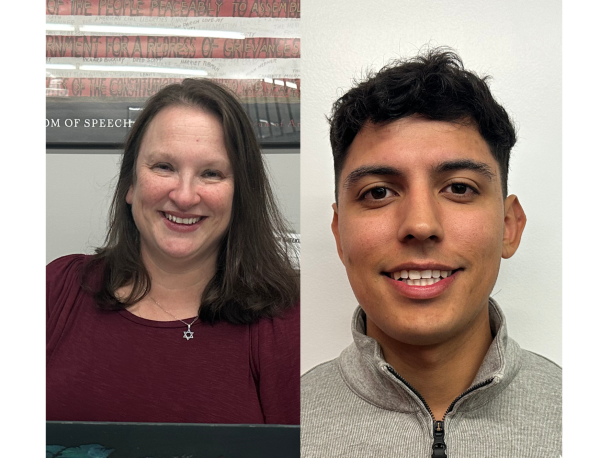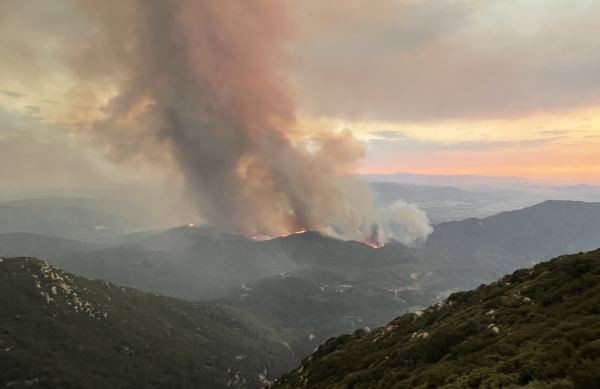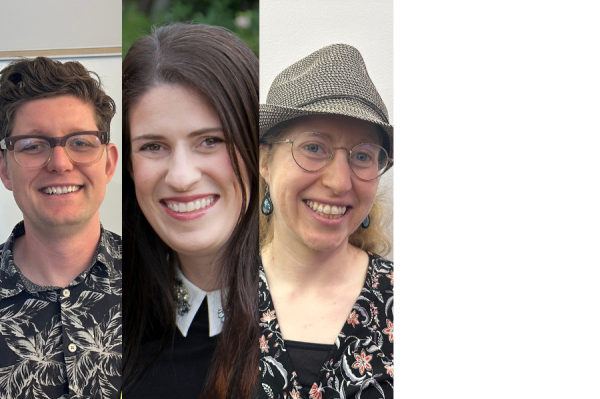Blood drive nets 22 pints while disqualifying many

GENEROUS: Senior Matthew Denitz prepares to give blood in the Beit Midrash May 11. Senior Natalie Dahan organized this year’s drive.
June 9, 2014
Continuing an annual spring tradition, Shalhevet students joined with workers from the American Red Cross March 11 to turn the Beit Midrash into a blood donation center, this year collecting 22 pints of blood.
Senior Natalie Dahan organized the drive, calling the American Red Cross to come to Shalhevet and encouraging students to hand in their paperwork.
“It happened last year, so I wanted to be consistent, get as many people as I could, including my friends,” said Natalie, “because it’s important to help both the community and people in need.”
On the morning of that Wednesday, 12 American Red Cross workers cleared the Beit Midrash and set up tables and gurneys, which are narrow beds on wheels.
During lunch, students of grades 10 and above went to check whether they were allowed donate blood. Many found the value to be obvious.
“It doesn’t hurt me and I get to save the lives of three people, so why not?” said sophomore Laly Chriki.
Biology teacher Dr. Melissa Noel gave as well.
“I think it is important to donate to people in need and one day I might be in need, so it is my way of contributing to the society that I live in,” said Dr. Noel.
As per the American Red Cross rules, only students age 16 and over were allowed to donate. Some underclassmen would have liked to donate blood but were not able to for this reason.
“It is kind of annoying, but reasonable,” said freshman Sammy Ellenhorn. “Whatever reason they had was probably a good one.”
Out of 40 age-eligible upperclassmen, however, 31 did not donate blood. The most common reason was a fear of needles and having blood drawn.
“I tend to faint when getting my blood drawn, so to avoid embarrassment I thought, better not,” said senior Hannah-Leeba Ellenhorn.
Other students were barred from donating because of their medical history or for being underweight. Disqualifying medical issues included having been out of the United States in the past year, heart issues, and having received a blood transfusion.
A few students said they were not allowed to donate but were not told why. “I was annoyed but I understand why,” said senior Melissa Ohana after she learned she was not eligible to donate blood because she was underweight.
In a Boiling Point interview, Natalie described the process of donating blood. Once she signed in and read through an instruction manual, she received a brief checkup to make sure she could give blood. This involved checking her medical history through a questionnaire and then having her finger pricked to draw a droplet of blood and test it.
Then she lay down on a gurney, and had iodine rubbed on the area where the needle would penetrate. After one pint blood was taken, she had to stay on the bed for seven minutes to make sure she wouldn’t faint. Natalie said that she felt completely safe throughout her experience.
“They make sure you are comfortable and relaxed. They even brought pizzas,” Natalie said.
According to Wendy Clark, one of the Red Cross nurses in attendance, the bags of blood are driven straight to the American Red Cross processing center in Pomona, and then sent to various hospital which the Red Cross serves. Ms. Clark said that she had been to four other high school blood drives.
“I think it so wonderful for people to give blood – it’s one human to another,” Ms. Clark said.
All sorts of things can be manufactured, she said, but blood must be given by people.
Snacks were provided for donors afterward so they could maintain their blood sugar.
Some students said that they felt pain in the head or weakness, so they were told to lie down on a flat surface, where the Red Cross workers brought them cold, wet towels for their foreheads and blankets to keep them warm.
Natalie said she hopes that this tradition will continue and be a part of Shalhevet’s legacy.
“Hopefully,” she said, “I will pass this idea on to an upcoming senior to carry on this tradition.”

